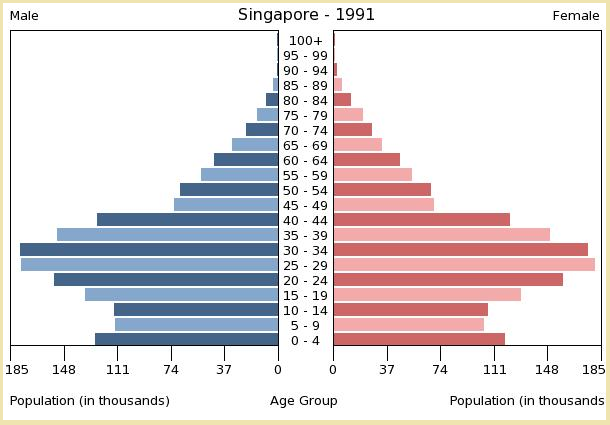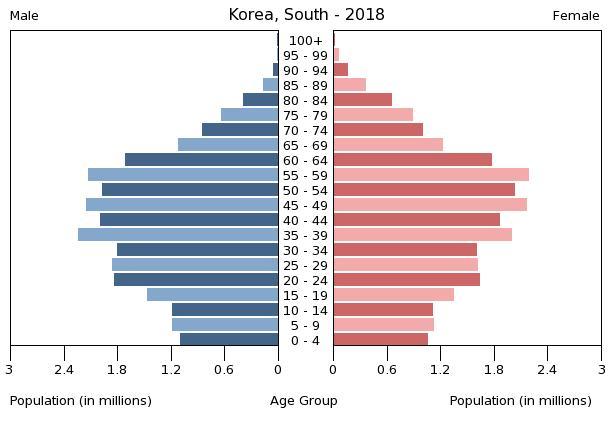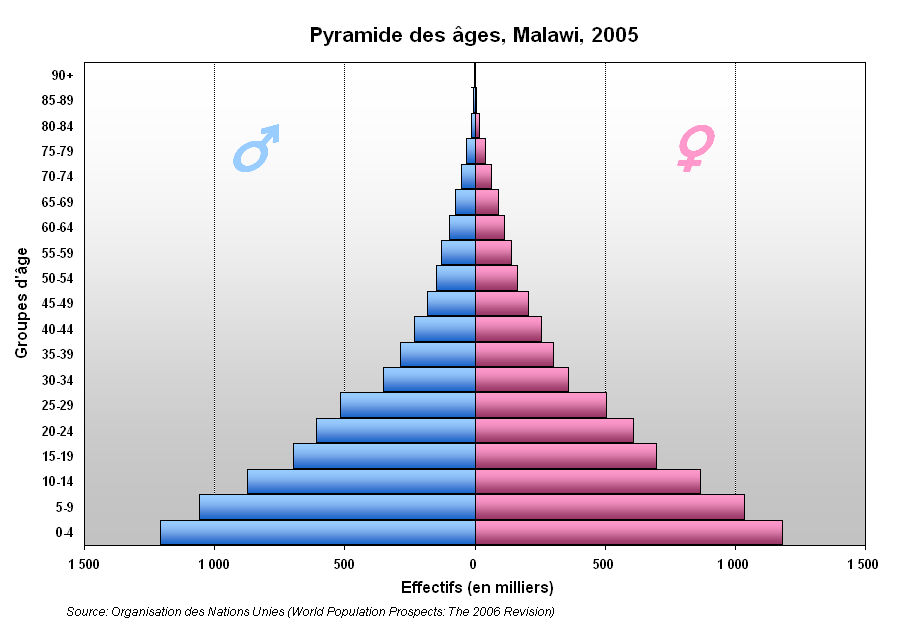The world’s largest earthquake documented occurred on May 22, 1960 near Valdivia, in southern Chile. It was assigned a magnitude of 9.5 by the United States Geological Survey. It is referred to as the «Great Chilean Earthquake» and the «1960 Valdivia Earthquake.»
The United States Geological Survey reports this event as the «largest earthquake of the 20th Century.» Other earthquakes in recorded history may have been larger; however, this is the largest earthquake that has occurred since accurate estimates of magnitude became possible in the early 1900s.


The earthquake occurred beneath the Pacific Ocean off the coast of Chile. Ground motion from this earthquake destroyed or damaged thousands of buildings. The Chilean government estimated that about 2,000,000 people were left homeless. It was fortunate that the earthquake occurred in the middle of the afternoon and was preceded by a powerful foreshock. That foreshock frightened most people from their buildings, placing them outside when the main earthquake occurred.
Most of the damage and deaths were caused by a series of tsunamis that were generated by the earthquake. These waves swept over coastal areas moments after the earthquake occurred. They pushed buildings from their foundations and drowned many people.
However, people as far away as the Philippines or Hawai were killed by this event.
The cause was a megathrust earthquake that occurred at a depth of about 20 miles, where the Nazca Plate is subducting beneath the South American Plate. Numerous large earthquakes have occurred in this area before and after the May 22, 1960 event.
Eventhough, the most expensive earthquake in history was the Japan’s earthquake and tsunami in 2011. On March 11, 2011, a magnitude-9 earthquake shook northeastern Japan, unleashing a savage tsunami. The effects of the great earthquake were felt around the world, from Norway’s fjords to Antarctica’s ice sheet. More than 120,000 buildings were destroyed, 278,000 were half-destroyed and 726,000 were partially destroyed. The direct financial damage from the disaster is estimated to be about $199 billion dollars (about 16.9 trillion yen), according to the Japanese government. The total economic cost could reach up to $235 billion, the World Bank estimated, making it the costliest natural disaster in world history.
The unexpected disaster was neither the largest nor the deadliest earthquake and tsunami to strike this century. That record goes to the 2004 Banda Aceh earthquake and tsunami in Sumatra, a magnitude-9.1, which killed more than 230,000 people. But Japan’s one-two punch proved especially devastating for the country, because few scientists had predicted the country would experience such a large earthquake and tsunami.
Residents of Tokyo received a minute of warning before the strong shaking hit the city, thanks to Japan’s earthquake early warning system. The country’s early warning system prevented many deaths from the earthquake, by stopping high-speed trains and factory assembly lines. People in Japan also received texted alerts of the earthquake and tsunami warnings on their cellphones.
The tsunami caused a cooling system failure at the Fukushima Daiichi Nuclear Power Plant, which resulted in a nuclear meltdown and release of radioactive materials. The electrical power and backup generators were overwhelmed by the tsunami, and the plant lost its cooling capabilities.
«Fukushima was created by the tsunami. The earthquake was not a factor,» Titov said. «Fukushima was designed for a tsunami smaller than the one we saw.»








